When I go out to the gardens, 99% of the time I take my camera with me because you just never know when something amazing will present itself. The other 1% of the time, I wish I'd grabbed it as I went out the door. You'd think I'd learn.
Thursday was one of those 1% times, and I really thought I'd been through the garden without seeing anything that I hadn't seen or photographed before. As I left Max's Garden and headed toward the house, I glanced over at the grape arbor and something caught my eye. I had to do a double-take, because it took a second for my brain to register that there was something different about the scene.
When I looked the second time, my eye was drawn to the bottom of one of the 4x4 posts, where I spotted a HUGE moth. I didn't recognize it, other than I knew it wasn't a Luna Moth, because this one was bright yellow and Luna Moths are green. Lunas also have long tails and this one didn't. I sprinted for the house to get my camera before it flew away.
Upon my return, I turned my camera on and used the 20x optical zoom to zero in on it and snapped a couple of photos. I inched my way closer until I was a mere inches from it, but it didn't move a speck. What a beautiful moth it was!
I took a couple more photos, then went back into the house. Romie was due home from work in a couple of hours, and though I had the pictures, I knew he'd want to see it for real, so I went back out and gently picked it up to bring inside.
We've raised Monarch caterpillars in the house all the way through their metamorphosis, then released them after they emerged as adult butterflies. For this, we always use a rather tall punch bowl with panty hose stretched across the top. I put the moth into the bowl, and covered it.
In the hours until Romie came home, I looked it up online and identified the moth as one of the Wild Silk Moths, subfamily Royal Moths. It was an
Imperial Moth (
Eacles imperialis) and is native to our area, though this was the first time I'd ever seen one. I found it interesting though, that there have been no reported sightings of it in the Ohio counties surrounding ours, with the closest being three counties away.
The life cycle of the Imperial Moth is such that they burrow into the ground as caterpillars in late summer to pupate during the winter, then emerge before sunrise June through August. The female positions herself in one spot and emits pheromones, the scent of which the male picks up in the wind, leading him to her from as far away as a mile.Sometime after midnight following that same day, they will mate.
Around dusk, she will lay her eggs on any number of host plants, such as pines, sweet gums, maples, oaks, sassafrass and box elders, although the list of what they will eat in the absence of these is quite long. She will lay eggs singly or in groups of 2-5 eggs on the underneath sides of the leaves, and in 10-15 days, the caterpillars will emerge and feed on the leaves.The adult moth does not feed and dies shortly after laying eggs.
I left the room while Romie was still looking at the moth and went about my business, not giving the moth another thought except to think to myself that I wanted to keep her. I know I might be criticized for doing this, and perhaps rightfully so, but it's not endangered and I rationalized that she was going to die soon anyway.
The next morning, I went into the room to check on her and I found the punch bowl without its covering and I'd assumed that Romie had let it go after looking at it. Okay, no big deal really. When he got home from work Friday night, I asked him if he'd let the moth go. "No," he told me. I didn't believe him at first, although he did admit taking the cover off the bowl.
We went into the dining room to look for it and found it resting on the side of our china cabinet. Just below that, there was a cardboard box with an open lid and she'd laid a cluster of eggs there. Not 2-5 eggs, but more like 20. Upon further inspection, she'd also laid a similar cluster on the side of a Longaberger basket nearby. I kept looking and found another large cluster on the side of one of the dining room chair legs and even some on the carpeted floor.
I had actually stepped on the ones on the carpet with my bare feet and felt them. I picked those off the carpet and was surprised to feel how hard they were. They were tiny and yellow, about the size of a seed bead (less than 2mm in diameter). I decided to gather the eggs and put them in a small dish. I'd read that this was the thing to do, then cover - with air holes - and place them in a warm, slightly humid environment.
It wasn't practical to take the eggs outside at this point, because I couldn't attach them to host leaves, so I took them to our upstairs bathroom, where they'll be warm and the humidity is higher. Now the watch is on, with the first possibility of emerging on July 5th and the last being on July 10th. Hopefully, I'll get to see at least some of them emerge before leaving for
Buffa10.
Once the caterpillars emerge, we'll take them to the leaves of any number of host plants that we have here at Our Little Acre. (Sweet gum, oak, pine, maple.) I estimate she laid about 75 eggs. That would be a lot of little caterpillars!
The day after she laid the eggs, she went missing. We searched and searched every surface of every single thing in the dining room, but we couldn't find her. We knew she had to be in there, but she was nowhere to be found. This morning, she came out of hiding and was seen under one of the plant stands, not moving right away when I touched her. I honestly thought she was dead already, but she fluttered a wing a little bit. I don't think it will be long though before she dies. She's fulfilled her life's purpose.
Upon further reading, the possibility exists that this female didn't mate and the eggs are infertile. Only time will tell.




















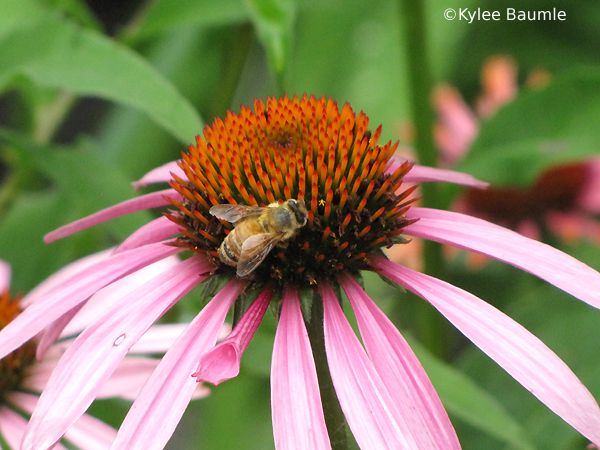
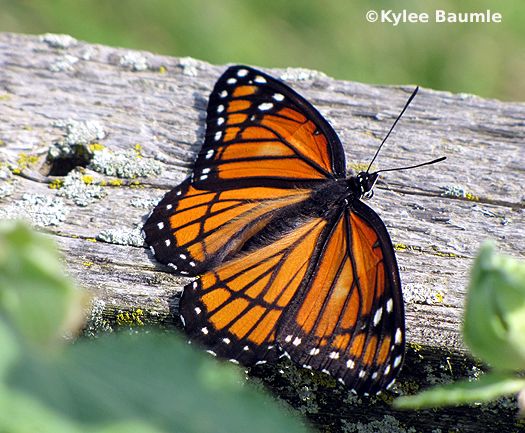










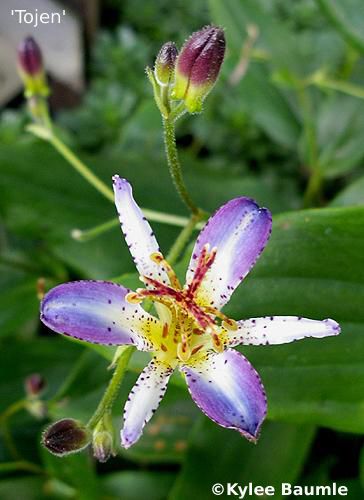
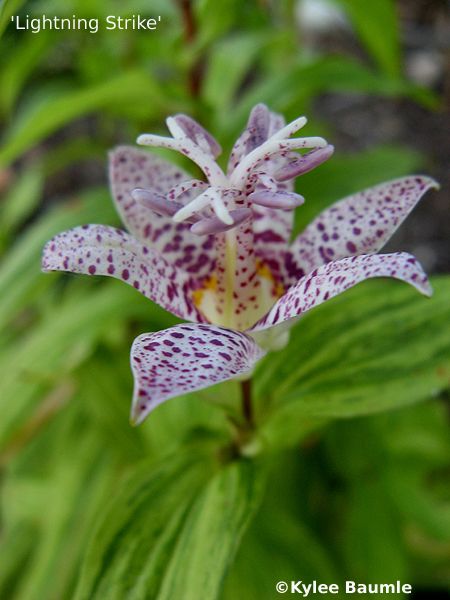











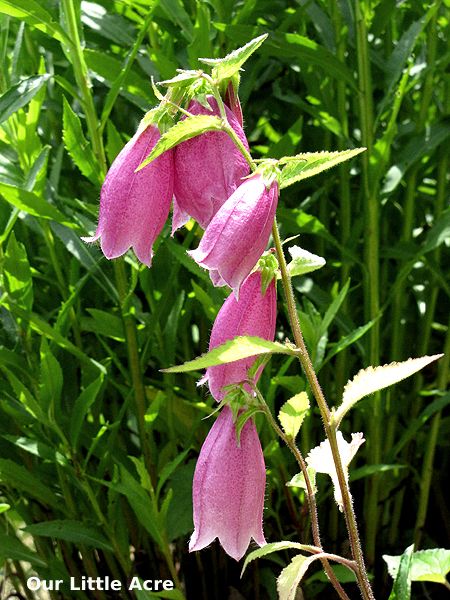


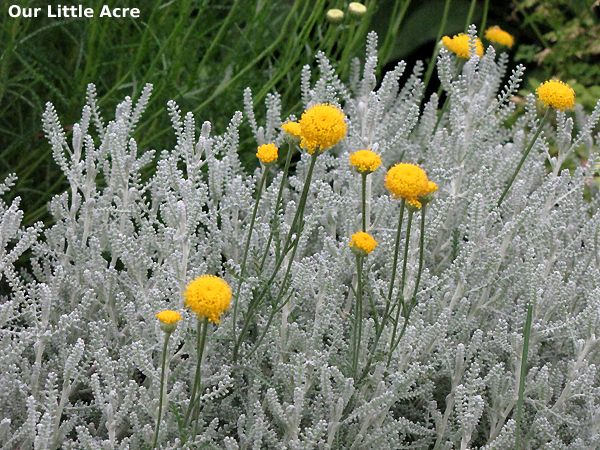
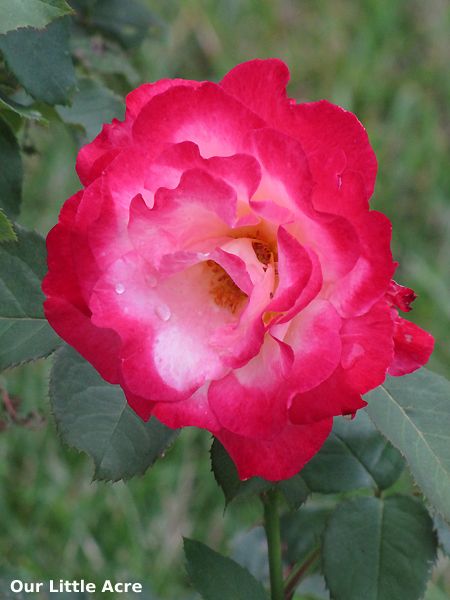



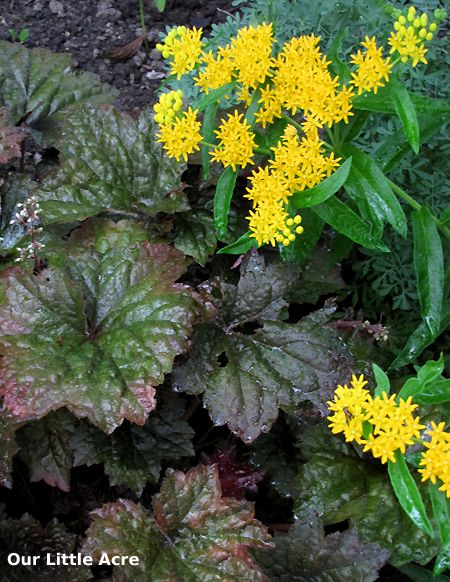
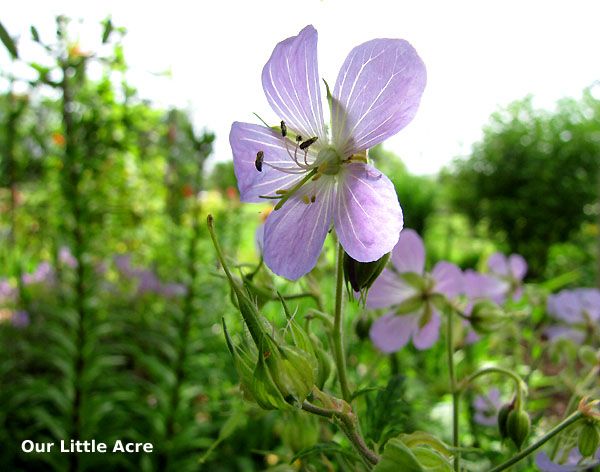
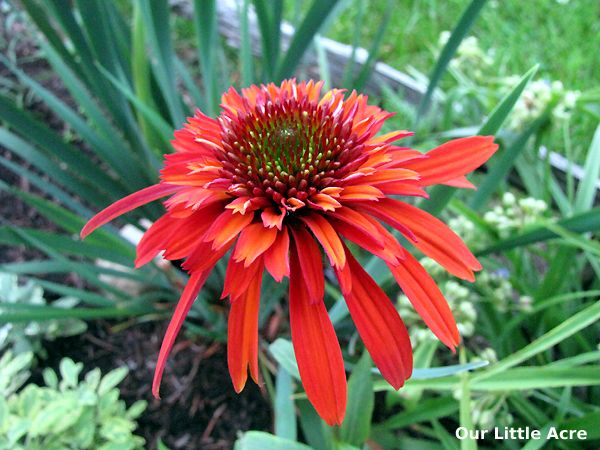
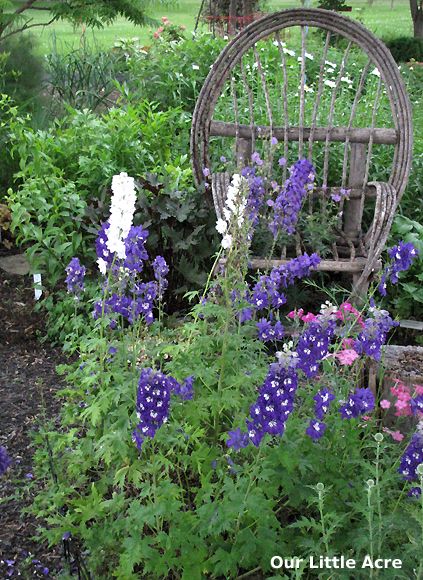

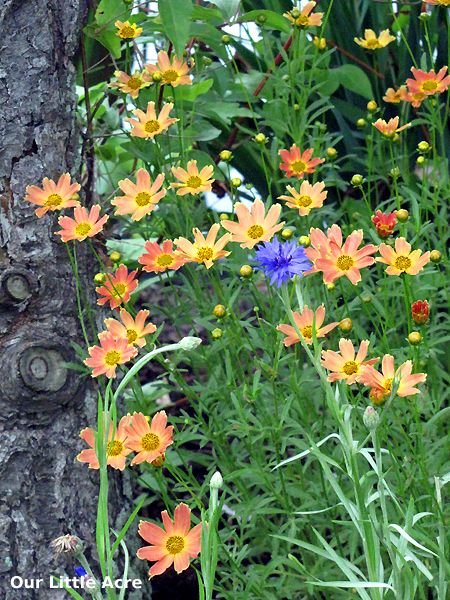
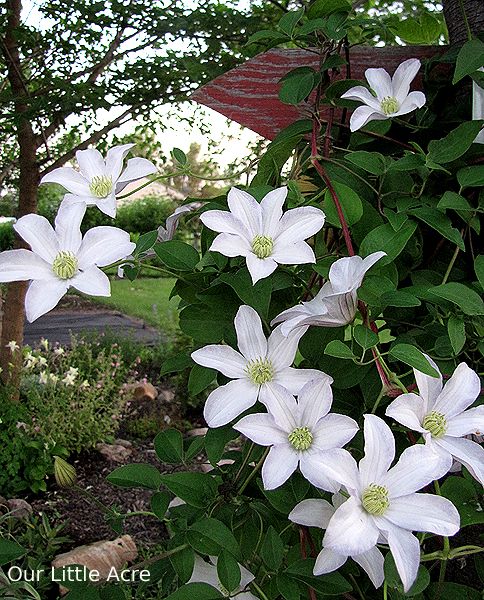

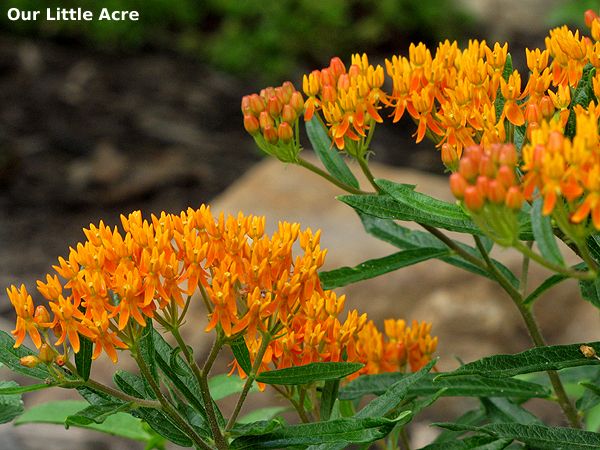



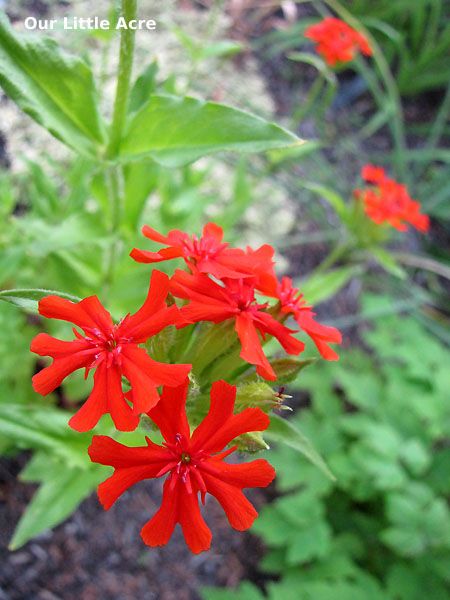

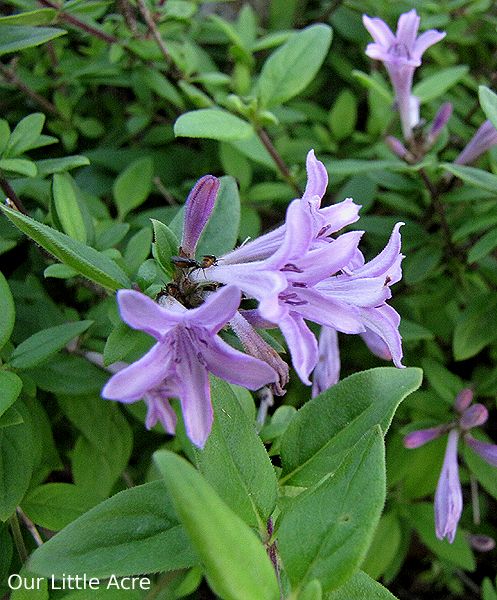
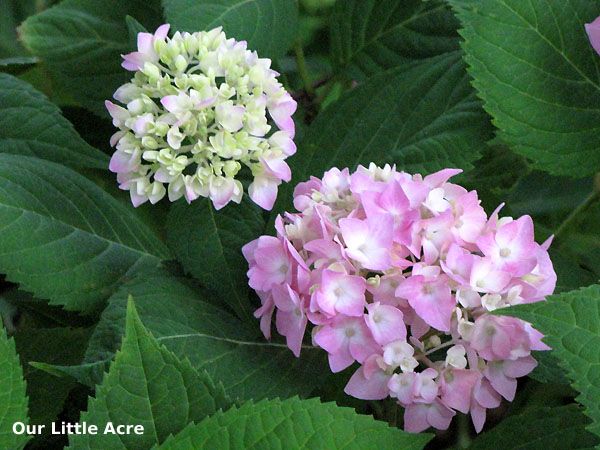

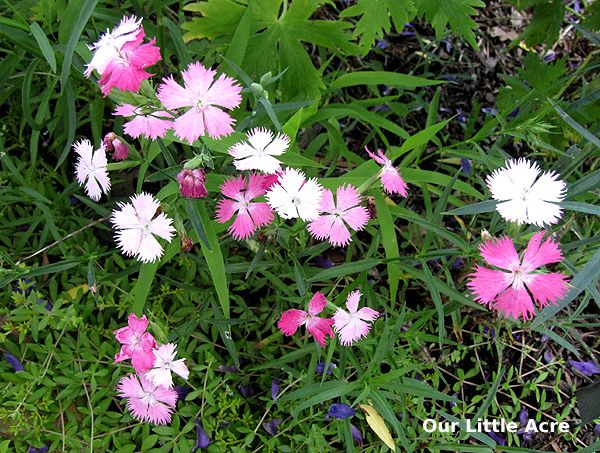

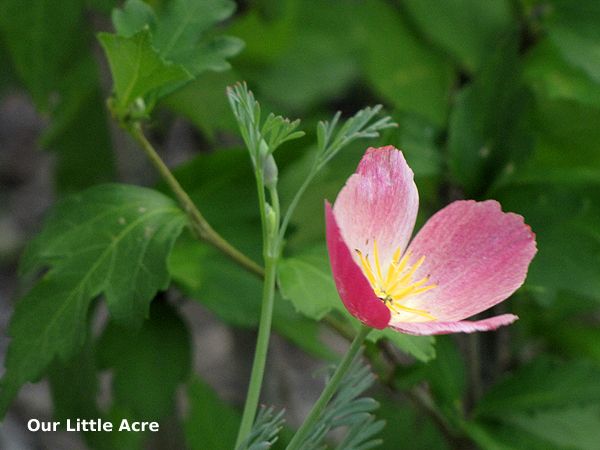
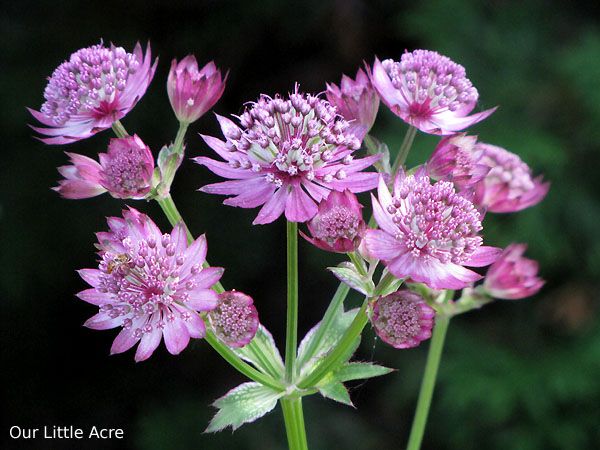






 "Bejeweled"
"Bejeweled"


